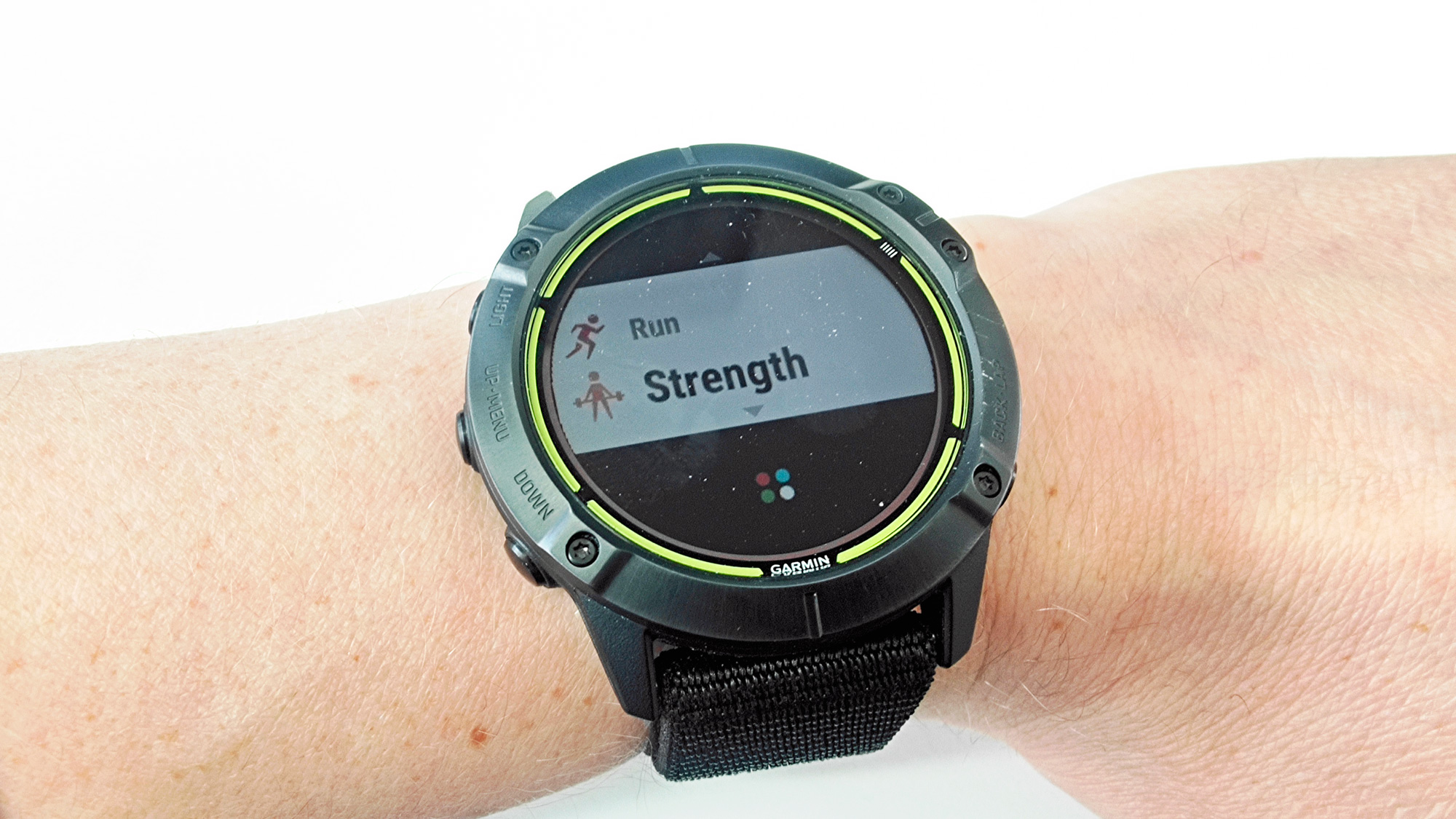When it comes to lifting weights, smartwatches will never beat a simple Notes app
I love smartwatches. I basically review them for a living. They can do so much, especially outdoors. Every step you take, every move you make, every breath you take, they’ll be tracking you – and the best smartwatches and best running watches do so very accurately, presenting the data in a satisfying way that helps you improve your health.
They’re great for logging swimming, cycling, running, and endurance exercise of all kinds, as their gyroscopes, GPS satellite connections, and motion sensors are able to track steps, strokes, and cycling power. Heart-rate sensors and LEDs are able to read your pulse and monitor the calories you expend. But if you’re not looking to do endurance exercise, or thinking about expending calories, they suddenly use a lot of their usefulness.
Before I got back into running seriously, I was in the gym a lot, attempting to hit a few long-time fitness goals of mine. Among those goals were a 70kgs bench press (achieved), a 140kgs deadlift (not achieved) and a set of 10 strict overhand pull-ups (achieved, barely). I tested a lot of smartwatches in that time, and none of them was any better at recording my progress than the Notes app on my phone, or the small pocketbook and pencil I would occasionally carry.
As anachronistic as it seems for a fitness tech journalist, a little notebook and pencil or a simple Notes app is the best thing you can use if you’re serious about lifting weights and gaining muscle. Better than a smartwatch, in fact. Why? Because it’s all down to the metrics we use to determine success, and how they change between disciplines.
On a run, success is measured by speed, time, calories burned and distance ran. if you’re very picky, you might celebrate when your Polar tells you your vertical oscillation is decreasing, as it means you’re bouncing up and down less while you run, which is a waste of energy.
However, success in weightlifting isn’t measured in calories burned or your heart rate increasing: it’s measured in the number of reps you do of a certain weight, and keeping your form steady while you do it. If you flip back through the pages of a small A6 notebook or scroll through your notes, you’ll be able to see that one month ago, you were doing barbell bent-over rows with 40kgs for sets of eight reps. Now, you’re doing 55kgs for sets of 10. That’s trackable, plottable improvement.
On the other hand, if your deadlifts are still the same as they were back then, you’ll know it’s a move you need to take a closer look at. This is a fitness language no smartwatch can speak.
(Image credit: Matt Evans)
That’s not to say smartwatch manufacturers haven’t tried. Garmin’s strength training mode is quite advanced: you can put together your workout ahead of time in the app, and the better watches use their built-in motion sensors to physically count reps. It even comes with a heat map of muscles worked based on the exercises you manually entered for the workout.
However, you have to distinguish between sets and rest periods by pressing the button on the watch each time, which means you’re hitting that button around twenty-five times at least during the course of a 50-minute gym session. Even after that, you need to manually input the weight you’ve been lifting.
The same problem rears its head when you consider other disciplines such as yoga. You can select the yoga workout mode on one of the best Fitbits or an Apple Watch, and the watch will log that you’ve done one hour’s worth of yoga on your calendar, which is useful when it comes to totting up your exercise totals for the week.
But a smartwatch is once again unable to speak yoga’s particular language of success. I’ve never been able to get my heels on the floor when doing ‘downward dog’ correctly, due to my extremely tight hamstrings. Hitting that milestone will be a cause for celebration and a very successful yoga class, but a smartwatch is unable to record that, bar me physically tapping the note into the app. I’m not getting a notification on my wrist saying “good job!” the first time I hit a ‘twisted crow’ pose, although I’m sure someone in Silicon Valley is working on it.
I’m not saying I want this feature: in fact, quite the opposite. I love the fact that sometimes, you need to unplug and approach training with an old-school mentality. But it is an important reminder that sometimes, the most advanced training tool isn’t necessarily the right one to use at all times. Don’t be afraid to go basic: after all, it’s why I like recommending resistance bands for fitness beginners.
Today’s best resistance bands deals
No Byline Policy
Editorial Guidelines
Corrections Policy
Source
